When it comes to vehicle repairs or upgrades, one term you’ll often come across is “aftermarket parts.” But what exactly does that mean—and why do so many car owners and repair shops choose them over original components?
People search for aftermarket parts for all kinds of reasons—cost savings, wider selection, and greater flexibility in repairs and performance enhancements, just to name a few. Whether you’re fixing a fender bender or customizing your ride, aftermarket options can offer real advantages.
But as with any automotive decision, there are also important considerations to keep in mind—from quality differences to warranty implications. In this article, we’ll break down what aftermarket parts are, highlight their key benefits, and cover what you need to watch out for before making a purchase.
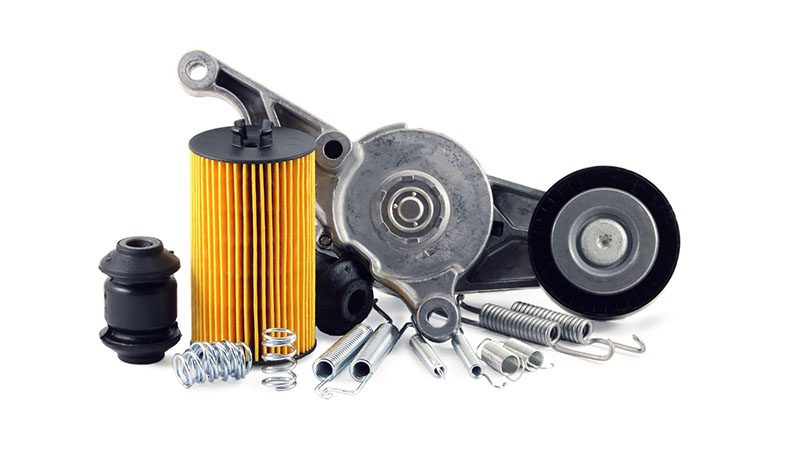
What Are Aftermarket Parts?
Aftermarket car parts are replacement parts manufactured by companies other than the vehicle’s original manufacturer. These parts are designed to function similarly to the original OEM parts, but they’re produced by third-party manufacturers, making them more affordable and widely available.
Aftermarket parts cover everything from body panels to brake pads and even high-performance upgrades. Depending on your needs, budget, and the type of repair, aftermarket parts can be a smart and practical alternative to OEM car parts.
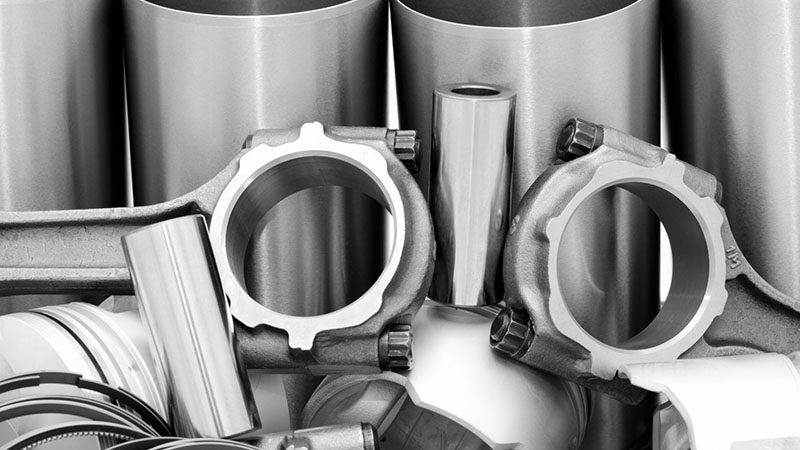
What Are OEM Parts
OEM (Original Equipment Manufacturer) parts are components made by the same company that produced your vehicle—or by a certified supplier working directly with the automaker. These parts are built to match the exact specifications, quality, and performance of the original parts installed in your car at the factory.
For many car owners—especially those prioritizing reliability and warranty coverage—OEM parts are the preferred option. However, they may not always be the most budget-friendly or flexible solution.
OEM vs. Aftermarket Parts: Key Differences
| Feature | OEM Parts | Aftermarket Parts |
|---|---|---|
| Manufacturer | Original Vehicle Manufacturer | Third-Party Companies |
| Fit and Compatibility | Guaranteed perfect fit | Fit varies by brand and quality |
| Price | Generally more expensive | Usually more affordable |
| Availability | Only through dealerships or authorized sellers | Widely available online and in auto parts stores |
| Variety | Limited to one option | Many brands and performance levels to choose from |
| Warranty | Backed by vehicle manufacturer | May have independent warranties (varies by brand) |
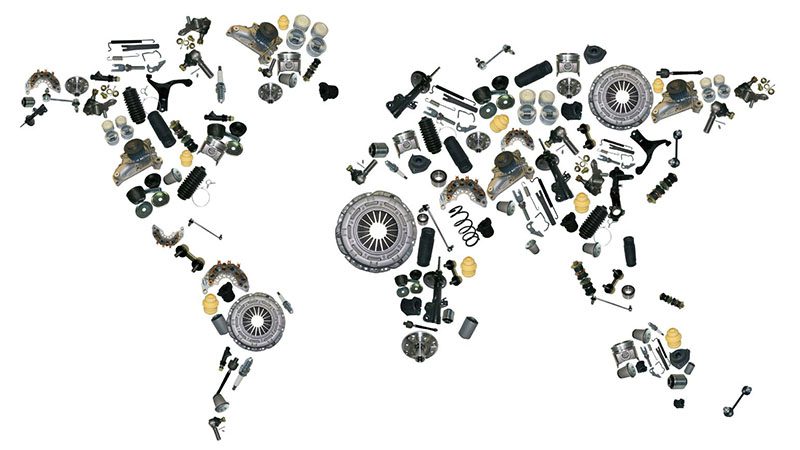
Pros of Aftermarket Parts
- Affordability: One of the key benefits of aftermarket parts is their lower cost. They’re often much cheaper than OEM parts, making them a budget-friendly option for repairs and upgrades.
- More Choices: With so many brands and manufacturers out there, aftermarket parts offer a much wider selection. Whether you’re looking for basic replacements or premium upgrades, you’re not limited to a single option.
- Better Availability: You don’t have to rely on dealerships—aftermarket parts are widely available at auto parts stores and online, which makes getting what you need quicker and more convenient.
- Upgrade Potential: Certain aftermarket parts are crafted to enhance your vehicle’s performance or upgrade its look. From high-performance air filters to stylish custom headlights, you have the freedom to personalize and improve your ride.
Aftermarket parts give you more flexibility, especially if you’re working within a budget or looking to fine-tune your vehicle beyond factory specs.
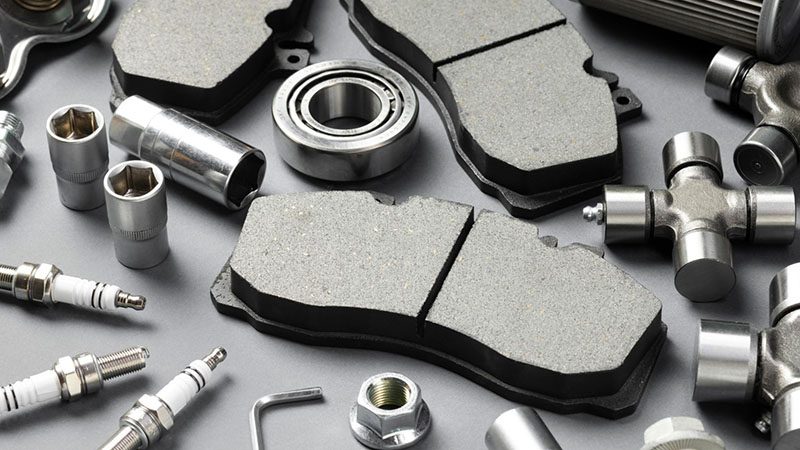
Cons of Aftermarket Parts
- Inconsistent Quality: Not all aftermarket parts are created equal. Some brands produce high-quality components, while others cut corners. Without proper research, you might end up with a part that wears out quickly or doesn’t perform as expected.
- Fitment Issues: Unlike OEM parts, which are made specifically for your vehicle, aftermarket parts are often designed to fit multiple makes and models. This can lead to slight differences in fit, which may affect performance or require extra adjustments during installation.
- Warranty Concerns: Using aftermarket parts can sometimes impact your vehicle’s warranty, particularly if the part causes damage or fails to meet the manufacturer’s standards. It’s always best to check your warranty terms before making a switch.
- Insurance and Resale Impact: Some car insurance policies may not cover repairs done with aftermarket parts, or they might reimburse less. Also, if you’re planning to sell your car, having OEM parts can sometimes help maintain its resale value.
Aftermarket parts can be a great option—but it’s important to weigh these potential downsides and make sure you’re getting parts that truly suit your needs.
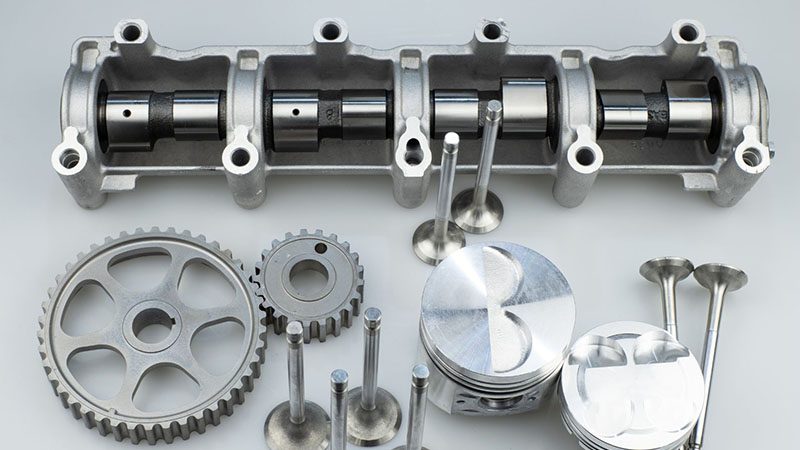
Are Aftermarket Car Parts Safe?
Yes, aftermarket auto parts can be safe—but it all depends on where they come from and how they’re made.
The aftermarket industry is regulated, and many reputable aftermarket brands follow strict standards to ensure their parts meet or even exceed OEM performance. Look for parts that come with certifications from organizations like the Certified Automotive Parts Association (CAPA) or that are produced by well-known manufacturers with a solid track record.
The Federal Trade Commission (FTC) also plays a role in regulating the marketing and sale of aftermarket parts, ensuring that manufacturers follow truthful advertising practices and do not mislead consumers about the quality or safety of their products.
That being said, not all aftermarket parts are of the same quality. Some low-cost components may cut corners on materials or design, leading to potential safety risks. To avoid unsafe parts:
- Stick with well-known brands that specialize in your vehicle’s category.
- Check for certifications or product testing information.
- Avoid deals that seem too good to be true—because they usually are.
When in doubt, talk to a trusted auto mechanic or parts supplier. They can steer you toward safe, reliable options and help you avoid parts that could do more harm than good.
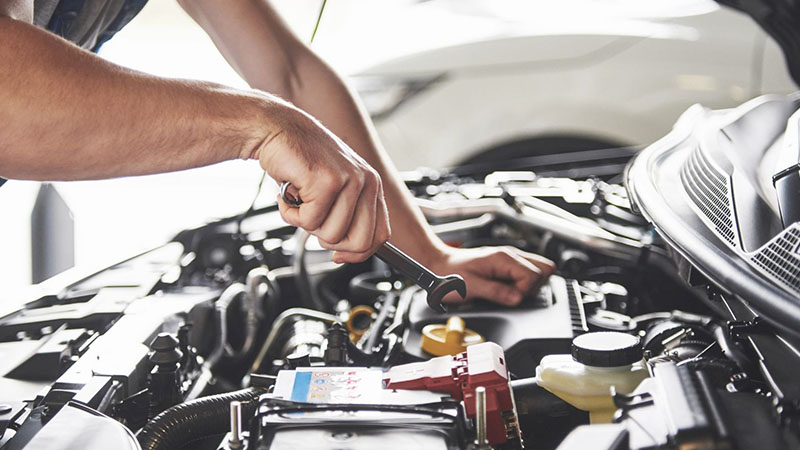
Tips for Buying Aftermarket Auto Parts
When buying aftermarket auto parts, choosing a reliable brand or supplier is key to ensuring quality and safety. Here are a few tips that could help:
- Choose Trusted Brands: Opt for well-established companies with a proven track record in the industry. Popular brands are more likely to offer high-quality parts that meet or exceed OEM standards.
- Check Reviews and Ratings: Before purchasing, take a look at customer reviews and product ratings. They can provide valuable insights into the quality and performance of the part you’re considering.
- Look for Certifications: Certifications from organizations like CAPA can provide extra reassurance that the part has passed rigorous quality and safety checks.
- Understand the Return Policy: A good return policy can save you time and money if the part doesn’t fit or perform as expected. Always make sure you know the terms before buying.
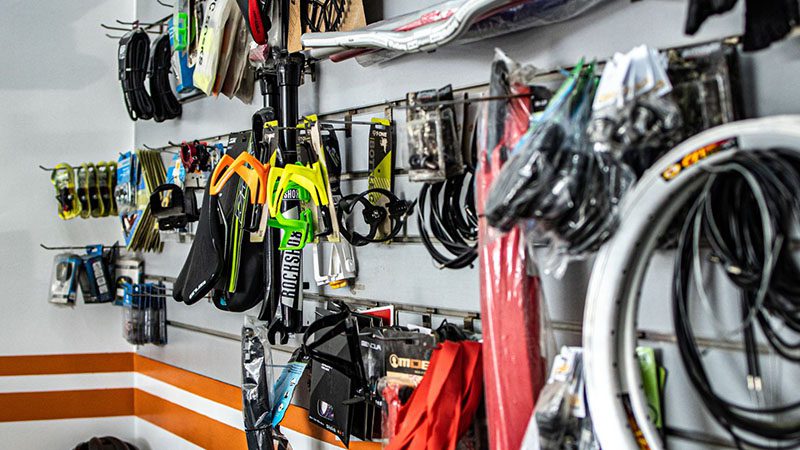
Red Flags to Avoid:
- Unrealistically Low Prices: If a deal appears too good to be true, it probably is. Extremely cheap parts may be of poor quality or unsafe.
- No Warranty or Limited Return Options: Avoid suppliers that don’t offer any kind of warranty or that make it difficult to return a faulty part.
- Lack of Information: If the part’s specifications are unclear or there’s no support from the supplier, steer clear.
Common Myths About Aftermarket Parts
There are a lot of misconceptions about aftermarket parts that can make people hesitant to use them. Let’s clear up some of the most common myths:
- “They’re low quality”
Not true! While some aftermarket parts may be subpar, many reputable brands produce parts that match or even exceed the quality of OEM parts. It’s all about choosing the right brand and doing your research. - “They’ll void my warranty”
This myth is often overblown. In most cases, using aftermarket parts won’t void your vehicle’s warranty, as long as the parts are compatible and properly installed. However, if an aftermarket part causes damage, that could affect your warranty. Always check your warranty terms for clarity. - “They’re illegal”
Aftermarket parts are not illegal. In fact, they’re heavily regulated to ensure safety and performance standards. As long as the parts are certified and meet necessary regulations, they’re perfectly legal to use.
Don’t let these myths hold you back from considering aftermarket parts—just make sure to buy from trusted sources and always prioritize quality and safety.
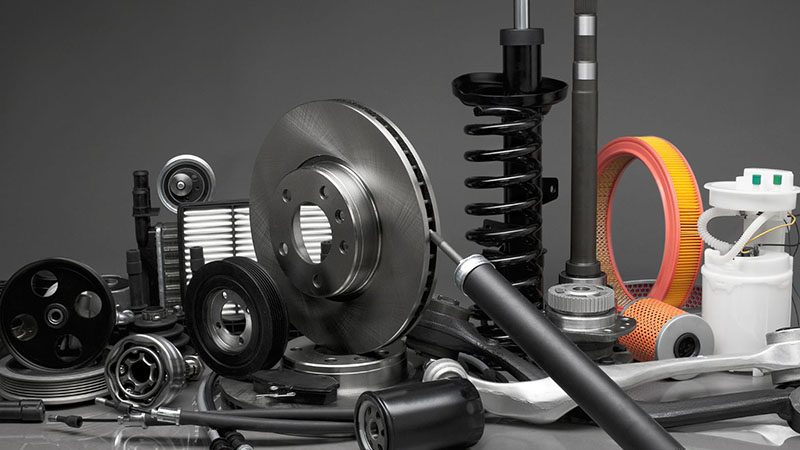
Final Thoughts: Are Aftermarket Parts Right for You?
Aftermarket parts can be a smart choice for many businesses, offering cost savings, a broader selection, and greater availability. They also provide opportunities to enhance vehicle performance or aesthetics. However, it’s important to consider potential downsides such as quality inconsistency, fitment issues, and warranty concerns before making a decision.
For B2B customers looking to reduce costs and expand their inventory, aftermarket parts can be an excellent solution. By choosing reliable brands and ensuring parts meet high standards, you can provide your customers with great value without sacrificing quality.
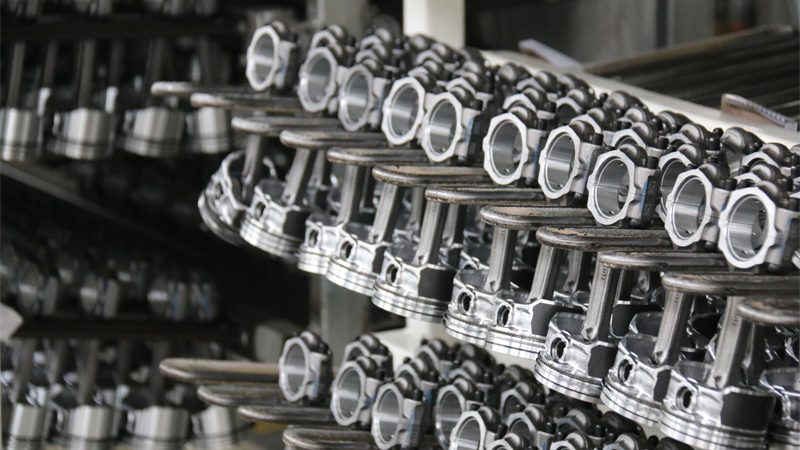
At Nanjing Woda Auto Technology Co., Ltd., we specialize in providing high-quality aftermarket and OEM engine parts for businesses worldwide. With years of experience in the automotive industry, we are committed to delivering the best parts and customer service to help your business thrive.
Get in touch with us today for expert advice and competitive pricing on high-quality aftermarket parts. We offer volume discounts and can support your business with timely, reliable delivery.
Explore our catalog and reach out for a personalized consultation to discover how we can meet your business needs.
Frequently Asked Questions (FAQ)
-
Aftermarket parts, also referred to as alternative or non-OEM parts, are replacement components produced by manufacturers other than the vehicle’s original equipment manufacturer (OEM). These parts are designed to replace worn-out or damaged components, and they can be a more affordable option compared to OEM parts.
-
Many aftermarket parts are of equal quality to OEM parts, offering the same performance and longevity. However, the quality can vary greatly between brands, so it’s essential to buy from reputable manufacturers. Some aftermarket parts can even offer upgrades or improvements over the original design.
-
Many aftermarket parts are of equal quality to OEM parts, offering the same performance and longevity. However, the quality can vary greatly between brands, so it’s essential to buy from reputable manufacturers. Some aftermarket parts can even offer upgrades or improvements over the original design.
-
Yes, many reputable aftermarket parts are safe when purchased from trusted brands. However, some non-OEM parts may not meet the safety standards of OEM parts. To ensure safety, always look for parts certified by organizations such as the Certified Automotive Parts Association (CAPA). If you’re unsure, you can consult your local parts store or trusted mechanic for recommendations.
-
While aftermarket parts are a good choice for most repairs, some critical components, like airbags or brake systems, should be replaced with OEM parts for safety. You can replace many standard parts with aftermarket options as long as they provide a good fit and meet safety standards.
-
When deciding which aftermarket parts to purchase, check customer reviews, certifications, and warranties. Many local parts stores offer a small range of aftermarket parts, but you can also find extensive options online. Be sure to choose parts from brands with a strong reputation to ensure equal quality to OEM parts.
-
Yes, aftermarket parts are generally more affordable than OEM parts, allowing you to save money on repairs and replacements. If you’re looking for a more budget-friendly option, alternative parts can provide a cost-effective solution while still delivering reliable performance.
-
Some insurance companies will cover the cost of aftermarket parts, while others may prefer OEM components, especially for major repairs. It’s important to check with your insurance company before proceeding to ensure that aftermarket parts are approved for your claim.





